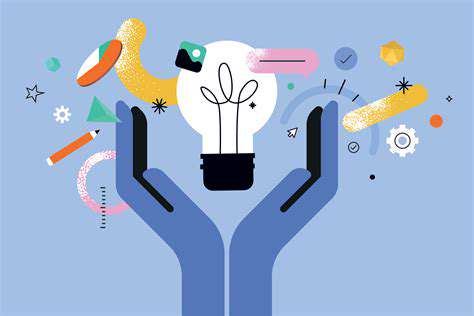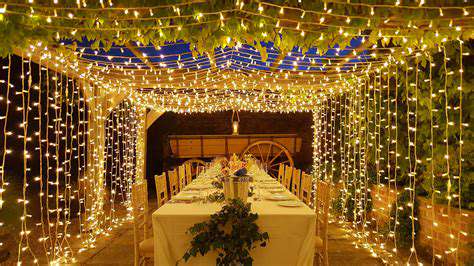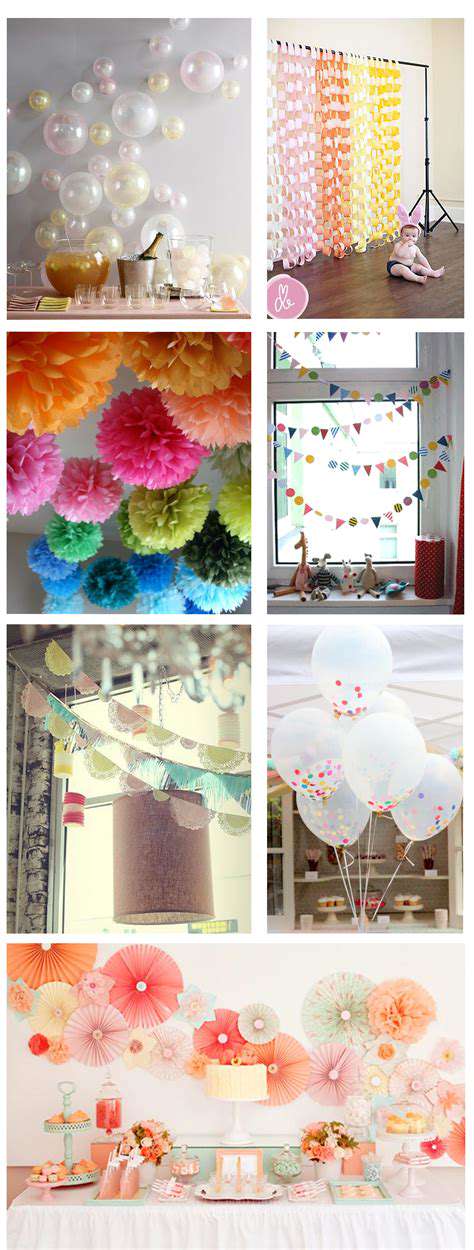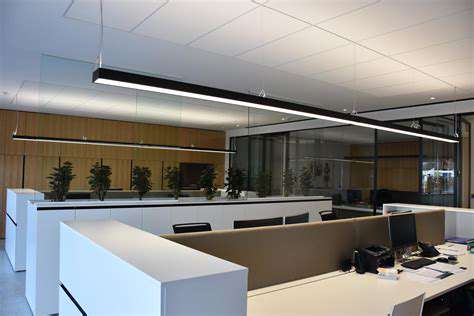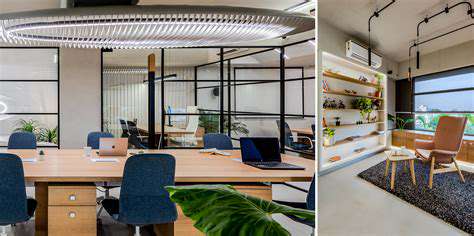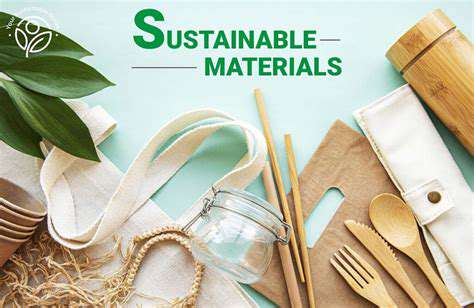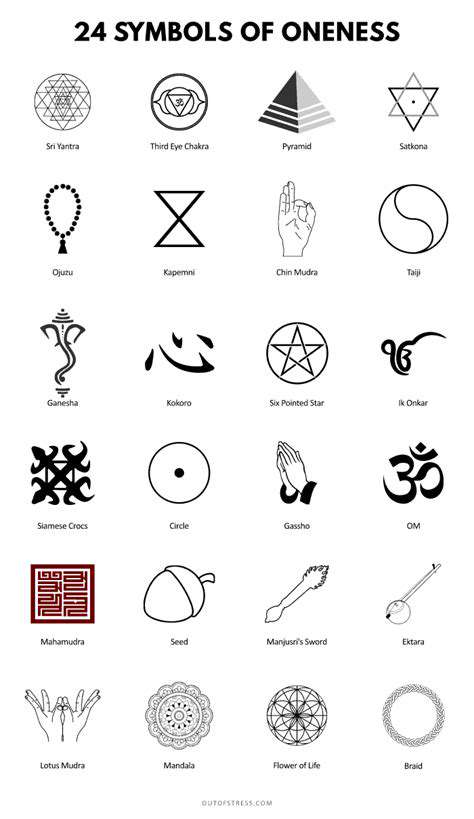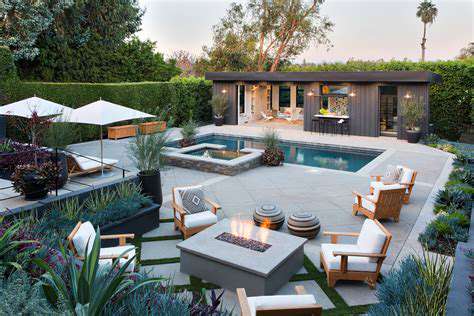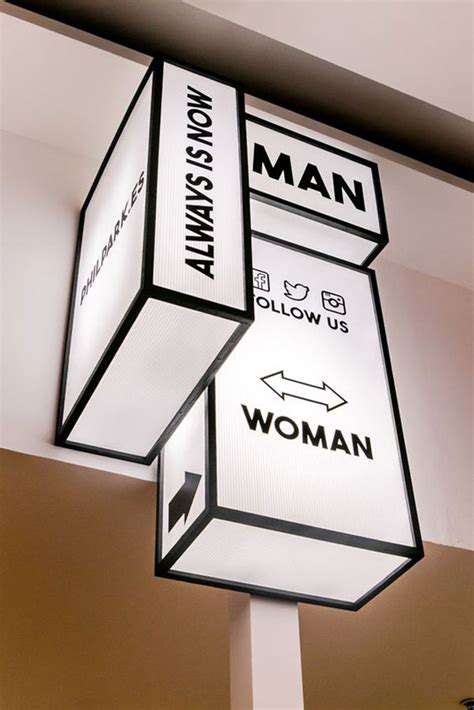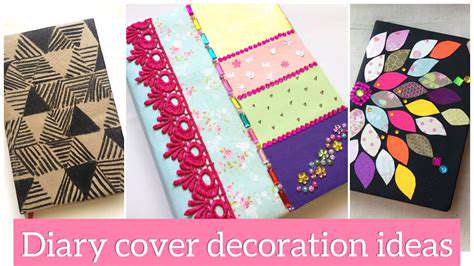How to Create a Beautiful Wedding Decor Concept
The Ultimate Guide to Wedding Decorations: Creating an Unforgettable Visual Feast
- Master the art of theme selection to perfectly align decorations with your love story
- Budget planning is the crucial first step in creating your ideal wedding
- Color psychology: Weaving emotional codes with colors
- The golden ratio color matching rule: Achieving a seamless visual effect
- Seasonal flowers: Sustainable aesthetics gifted by nature
- Three-dimensional floral design: Creating an immersive sensory experience
- Light and shadow magic: The ultimate creator of spatial atmospheres
- The art of natural light: Capturing the most enchanting wedding moments
- Emotional objects: Custom mementos of your unique memories
- Interactive installations: Making guests the protagonists of the wedding narrative
Theme Selection: The Soul of Wedding Style
Exploring the Universe of Diverse Wedding Themes
In the maze of theme selection, every couple is a unique treasure hunter. The timeless royal style often showcases ivory roses and crystal candelabras, while the pastoral countryside style beautifully utilizes wooden coasters and handcrafted pottery vases to tell a story of nature. Remember the vineyard wedding you attended last year? The reception table made from oak barrels and the vine-woven ceremony arch infused French romance into every detail.
Destination weddings are a fantastic canvas for custom themes. A seaside wedding in Bali tells a marine love story with frangipani garlands and seashell pathways, while a ceremony at an ancient temple in Kyoto conveys Eastern Zen with origami art and dry landscape gardening. The key is to uncover those love memories that bring tears to your eyes—perhaps it's the latte art from the café where you first met, or the strange stone you picked up during an adventurous mountain climb; these will be the sources of inspiration for theme design.
Budget Wisdom: Bridging the Gap Between Ideal and Reality
Budget planning serves as the navigation system for wedding design. In a recent stargazing-themed wedding I organized, we replaced expensive crystal chandeliers with projections to create a galaxy effect using LED string lights, cutting costs by 40%. Creativity often sparkles brilliantly under constraints—hand-dyed gradient tulle is 30% cheaper than ready-made options but creates a unique visual rhythm.
I recommend creating a priority list for essential elements: allocate 60% of your budget to the three main factors that most impact the atmosphere (such as lighting, main floral arrangements, and table design), with the remaining 40% flexible. Don’t forget that some venues come with decorative advantages—the rustic brick walls of historical buildings, the geometric lines of modern art galleries; these inherent conditions can significantly reduce decoration costs.
Color Symphony: Creating Visual Rhythms of Beauty

Decoding the Emotional Codes of Color
In last autumn's maple leaf wedding, we blended a gradient of burgundy red and amber gold to perfectly merge the abundance of autumn with the richness of love. Color psychology research shows that lavender can reduce guest anxiety by 23%, while peach pink can enhance happiness by 17%. Remember, color is not only a visual language but also a catalyst for emotions.
Consulting Pantone's color of the year is a smart choice, but it is even more important to consider the venue's natural colors. There was a coastal wedding where the originally planned royal blue clashed with the beach's warm yellows; we later adjusted to a gradient of pearl white and haze blue, achieving immediate harmony with the natural surroundings.
The Golden Rule of Color Matching: A Masterclass in Visual Rhythm
Use the 6:3:1 golden ratio to create depth: 60% for the primary color (walls/tablecloth), 30% for secondary colors (chair decorations/shades), and 10% for accent colors (plates/vases). The recently popular Morandi color scheme creates an upscale texture by lowering color saturation. Consider trying a color mood board—collect fabrics, natural elements, and artworks to experiment with visual collisions.
A practical tip: Switch your phone to black and white mode when photographing color schemes. If the contrast between light and dark is still distinct, it indicates a solid foundational structure. Remember that lighting can change how colors appear; the champagne gold at sunset looks vastly different at noon, making on-site testing essential.
Floral Narratives: The Artistic Reconstruction of Natural Beauty
The Language of Plants: The Hidden Narrative of Flowers
In a wedding designed last month for a botany PhD, we selected rare orchid varieties studied by Darwin, with handwritten scientific love letters hidden among the leaves. Seasonal flowers not only reduce costs but also give the wedding a time-stamped memory—April cherry blossoms, June peonies, and September osmanthus, each month holds its fragrant memory.
I suggest adopting 3D floral design: hanging plants create an aerial garden, tabletop moss micro-landscapes tell a forest fairy tale, and petals flowing on the ground simulate nature's pathways. Don't forget the creative use of edible flowers—pansies frozen in ice cubes, rose petals scattered on dessert plates lead to a perfect resonance of sight and taste.
Spatial Floral Design: A Fluid Visual Symphony
The recently developed olfactory design got rave reviews: the ceremony area uses tuberose to guide guests towards the altar, the banquet hall elevates appetite with citrus scents, while the send-off area leaves a lingering tranquility with lavender. Floral design highly adheres to the principle of dialogue—table centerpieces should not exceed 30cm, ensuring guests can naturally exchange glances across the table.
Mixing innovative materials brings surprises: floating flowers in acrylic columns, abstract floral shapes woven with copper wire, or even paper flowers folded from the couple's old book pages. Remember, wilted materials can also be reborn—dried flower door frames, pressed flower place mats, and petal-paper invitations give eternal life to the beauty of the wedding.
Light and Shadow Poets: The Magical Brush for Atmosphere

The Narrative of Light: Emotional Flow Between Brightness and Darkness
At a recent castle wedding, we simulated the effect of moonlight filtering through stained glass with moving light spots, changing patterns every half hour to express the passage of time. The color temperature of lighting needs to be finely controlled—2700K warm light during the ceremony enhances a sense of sanctity, while switching to 5600K cool light activates energy during the party.
Smart lighting systems have become a trend: seating gradually lights up to guide guests when they enter, spotlights automatically track the couple during the vows, and even allow for mobile app adjustments of each table's lighting brightness. Here’s a creative idea: making a hollow lamp shade from the initials of the couple's names, projecting a unique love code.
The Natural Light Concerto: The Art of Dancing with the Sun
Calculating the golden hour for seaside weddings is crucial—measure the sunset angle three months in advance, adjusting the altar's orientation to ensure the hair shines with golden edges during backlit shots. Cloudy weather provides soft light, serving as a natural softbox, while harsh noon sunlight can be transformed into a hazy glow with sheer fabric curtains.
Remember the texture design of light: lace lamp shades create light and shadow lace patterns, crystal drops refract rainbow light spots, and mist generators can create light beam tunnels that exhibit the Tyndall effect. These details can instantly transform an ordinary space into a magical realm.
Emotional Imprints: Custom-Made Mementos of Memory
Time Capsules: The Magic of Materializing Stories
The ticket wall designed for a long-distance couple sparked discussions—127 yellowed tickets crafted into a heart-shaped map, documenting each mile-crossing meeting. The innovative use of family heirlooms is even more touching: a table runner made from grandmother's wedding gown and a ring box transformed from father's old pocket watch allow the family's memories to continue at the wedding.
Interactive memory devices are trending: a timeline carpet imprints important dates, lighting up corresponding event projections when stepped on; voice postcards record blessings from friends and family, which can be played by inserting into a specific device, also generating soundwave patterns as keepsakes.
Participatory Art: Making Guests Co-Creators
At a recent eco-themed wedding, we set up seed invitations—guests plant on-site, and after three months, share pictures of the growth process. Another excellent idea: a pottery wheel at the sign-in area where each person creates cups and bowls that ultimately form the newlywed's dinnerware set.
Technology empowers interactive experiences: AR photo backgrounds generate fantastical effects in real-time, blockchain technology creates digital souvenirs, and even devices can convert guests’ wishes into visual art through brainwave technology. These innovations elevate the wedding from a singular event to a continuously growing memory community.
Read more about How to Create a Beautiful Wedding Decor Concept
Hot Recommendations
- How to Choose the Right Wedding Photographer for Your Big Day
- Step by Step Guide to Wedding Venue Decoration
- Expert Advice on Choosing the Right Wedding Venue
- Creative Vintage Wedding Themes for a Retro Celebration
- Inspiring Beach Wedding Ideas for a Unique Celebration
- Affordable Wedding Venue Ideas for Every Style and Budget
- Step by Step Wedding Planner Checklist for Every Bride and Groom
- How to Plan a Timeless Wedding with Detailed Budgeting Strategies
- Ultimate Wedding Venue Selection Guide for Couples
- Essential Wedding Planning Tips for First Time Brides

